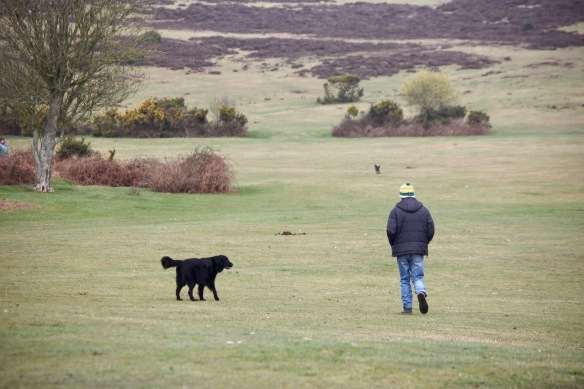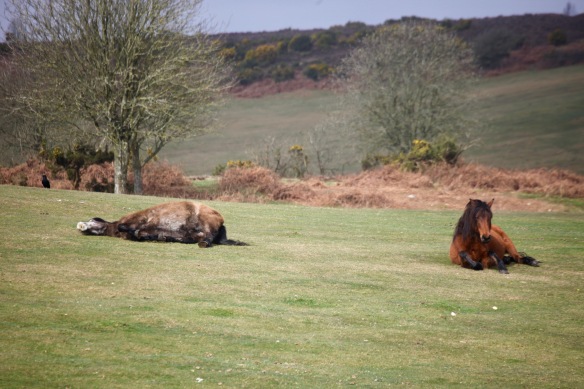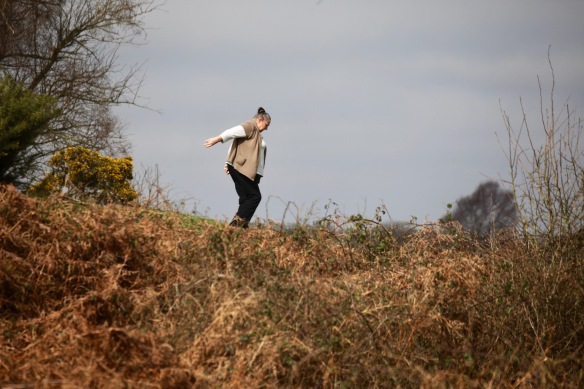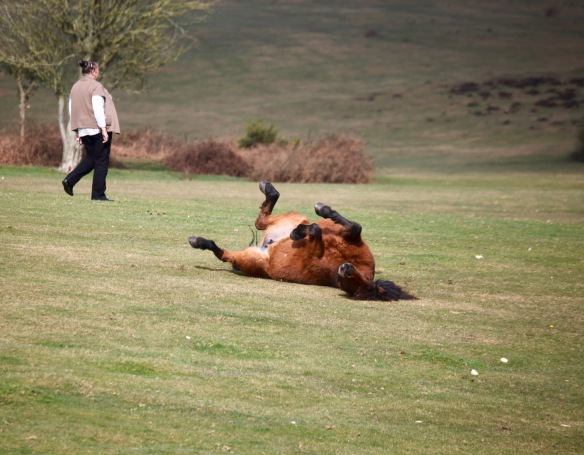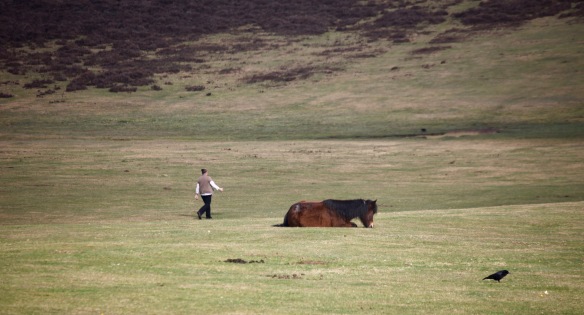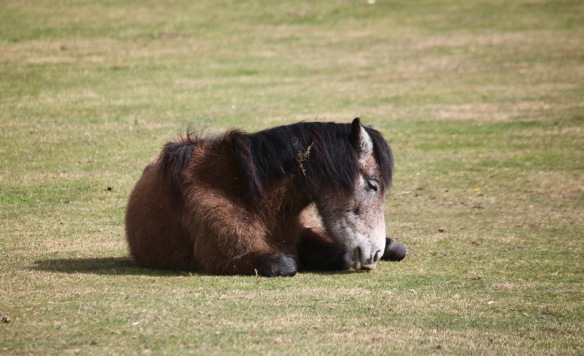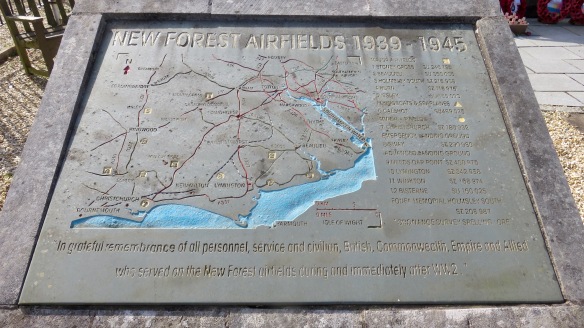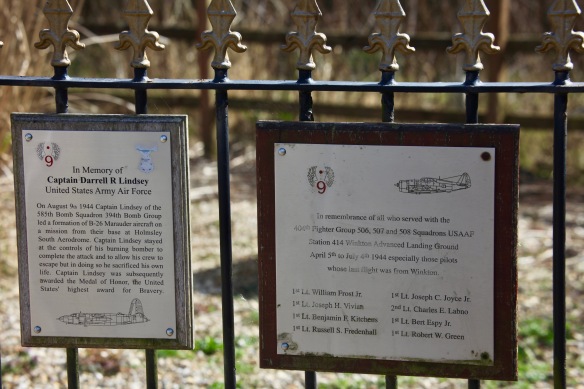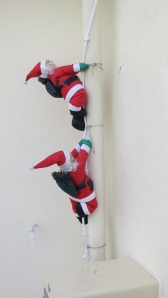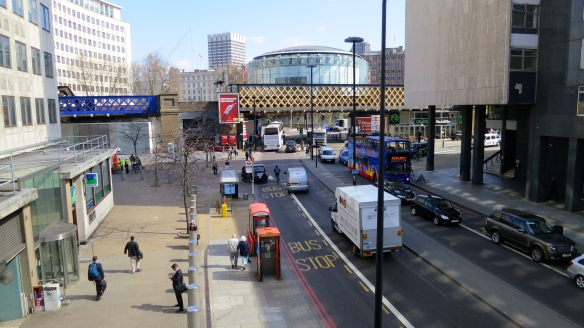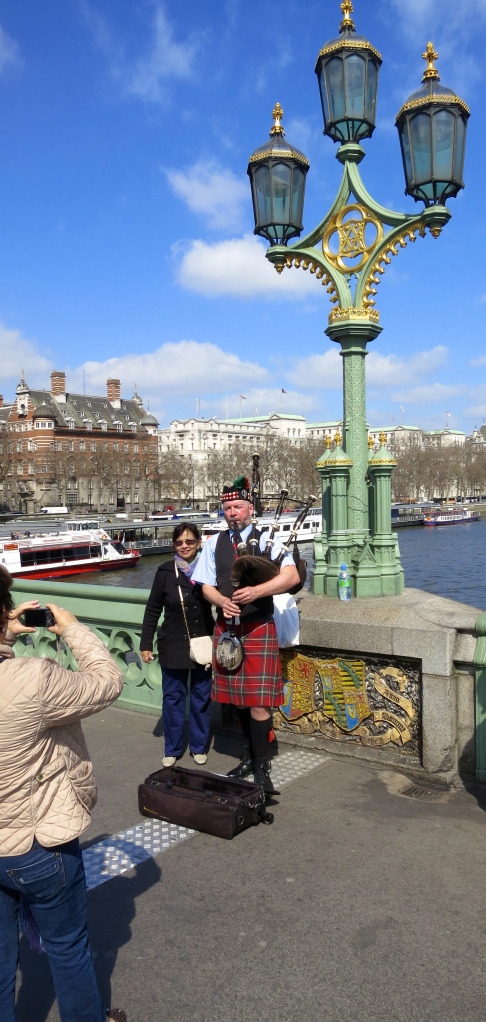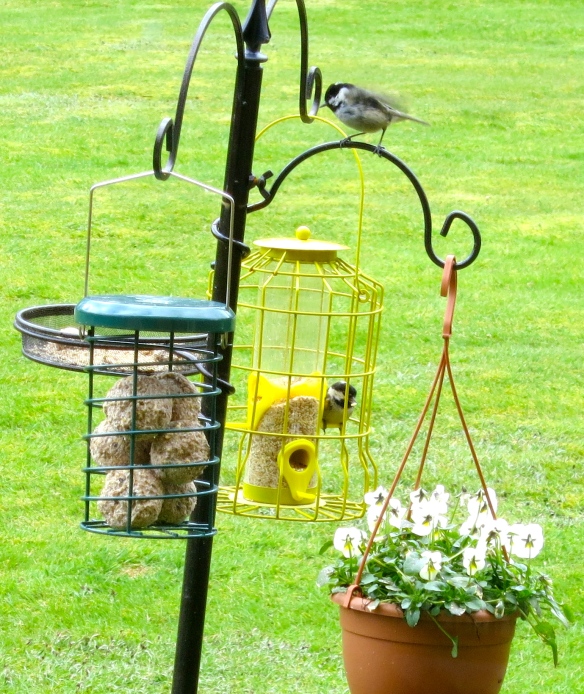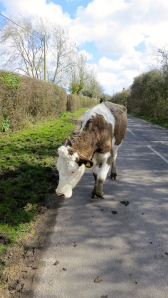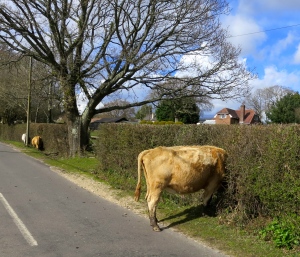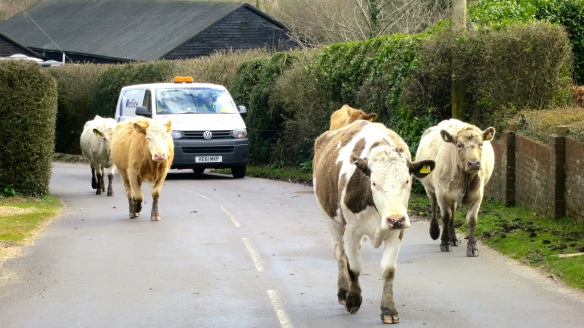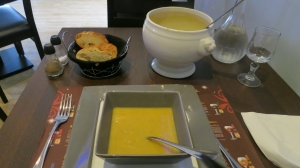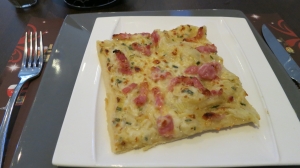CLICK ON IMAGES TO ENLARGE. THOSE IN GROUPS ACCESS GALLERIES THAT CAN BE VIEWED FULL SIZE.
This morning we carried bags of rubble from the fireplace work, neatly stacked by Barry and Owen, to the Efford Recycling Centre. In the car, of course. It is a sign of the times that what we could previously have placed in the dump’s large skip free of charge today cost us £12.50. One more public service commercialised by outsourcing to a private company. It seems that less and less is covered by our Council tax rates.
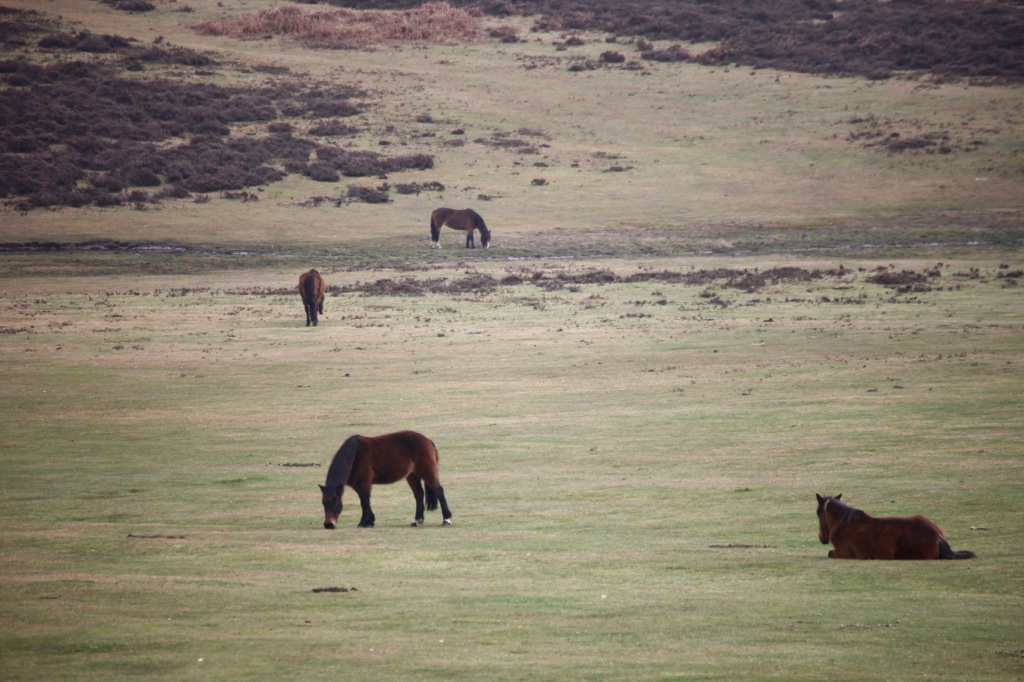

Afterwards we headed into the forest and investigated Horseshoe Bottom. This idyllic bowl is frequented by dog walkers and basking ponies.
As we prepared to leave the car, a large black dog, complete with owner, bounded up the ridge surrounding the vehicles. As soon as it reached the grass, the animal crouched for a crap. The owner, hands firmly in his jacket pockets, turned his back and set off across the lovely terrain. The dog, now relieved, joined him. It was only as I stepped over the ridge that I realised that there was a row of similar turds requiring negotiation. Clearly numerous eager hounds had sought similar immediate convenience.
In order to spare my readers’ sensitivities, I have not photographed the fresher excreta, but this shot shows a sun bleached deposit and a discarded snack packet.


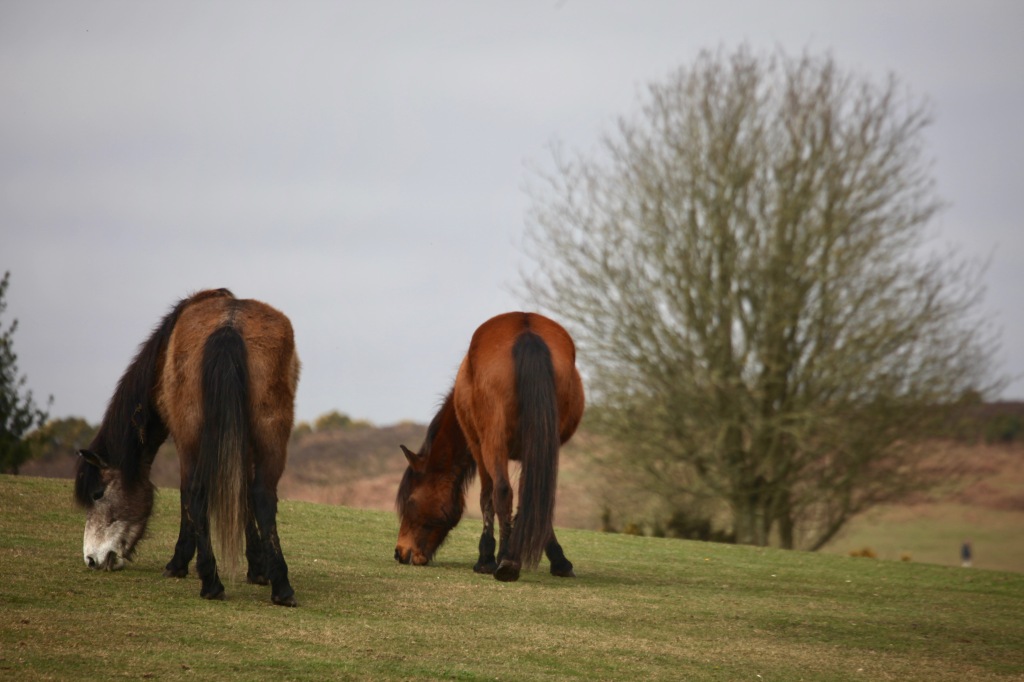
One particular pair of ponies stayed together, moving to a safe distance at the sight of my camera lens.
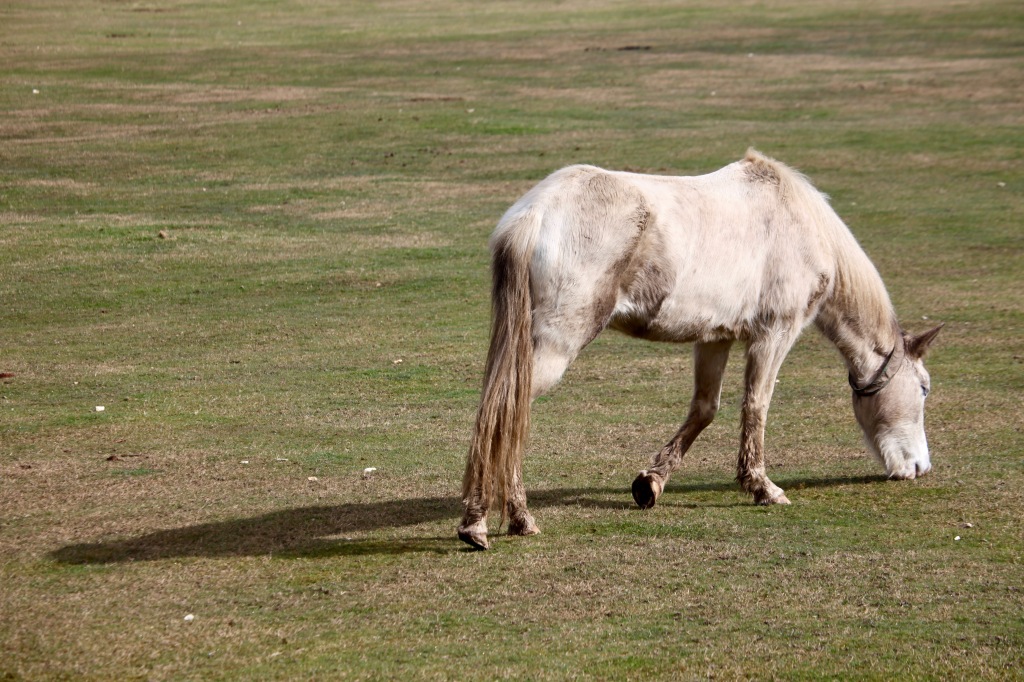
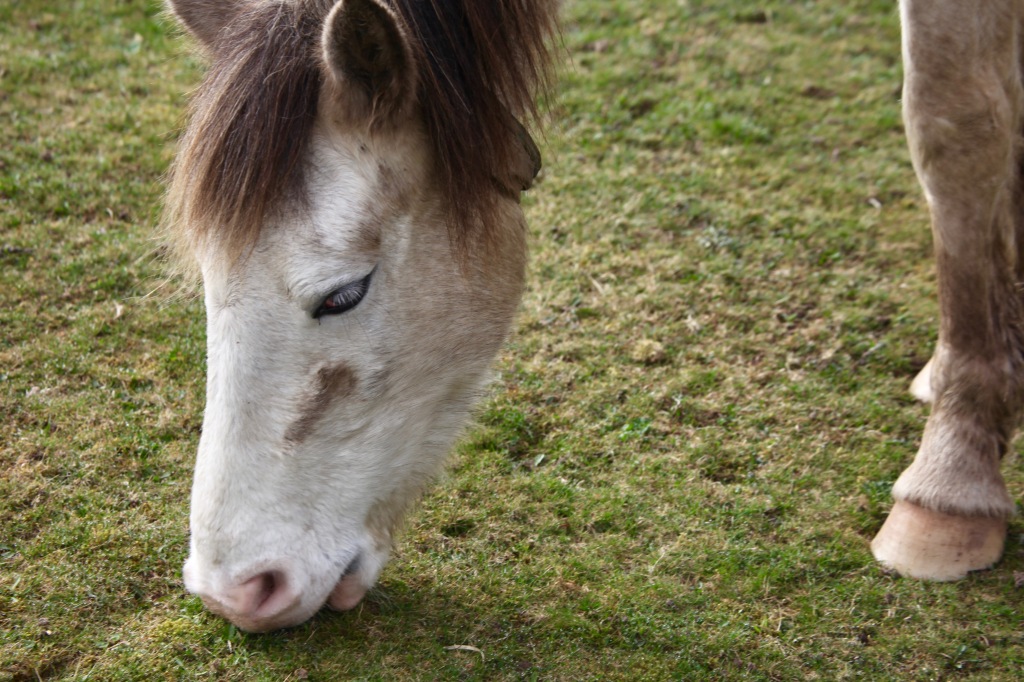
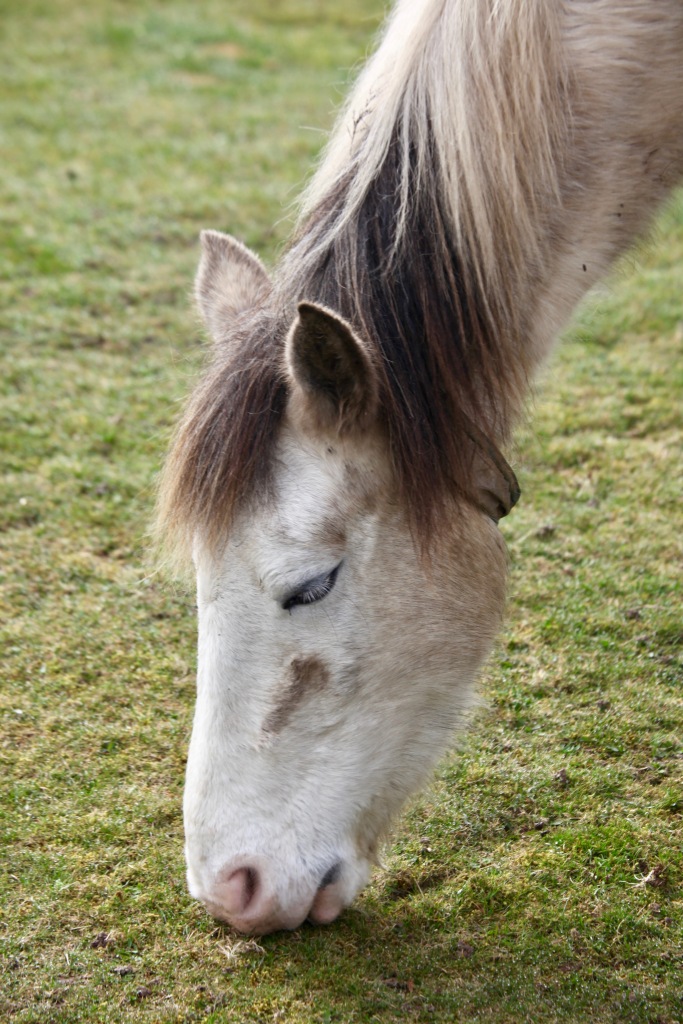
A grey,
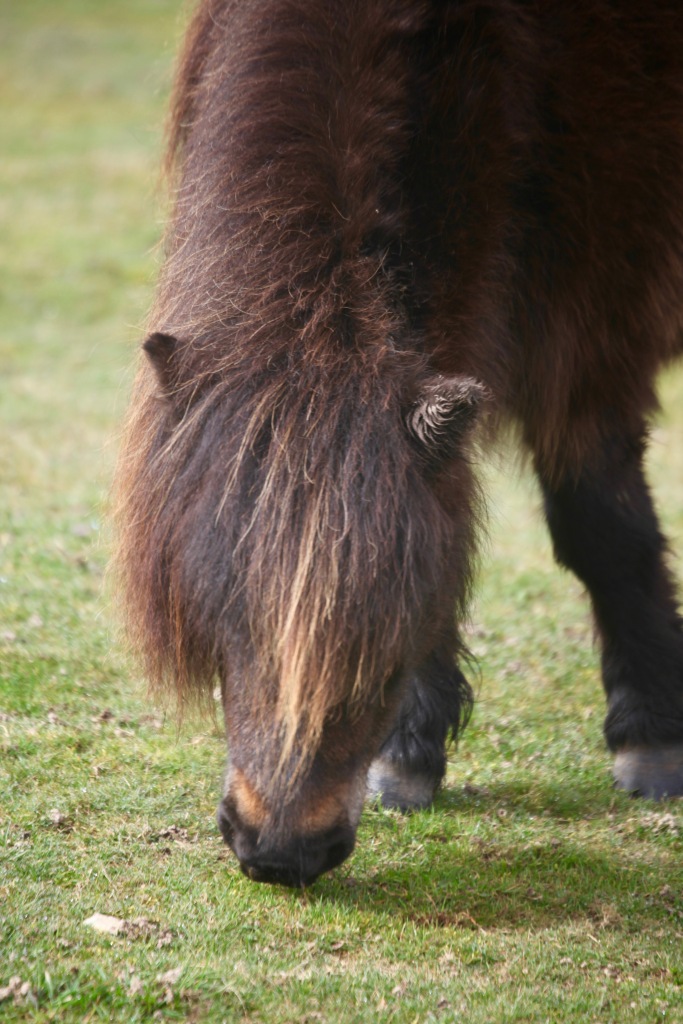
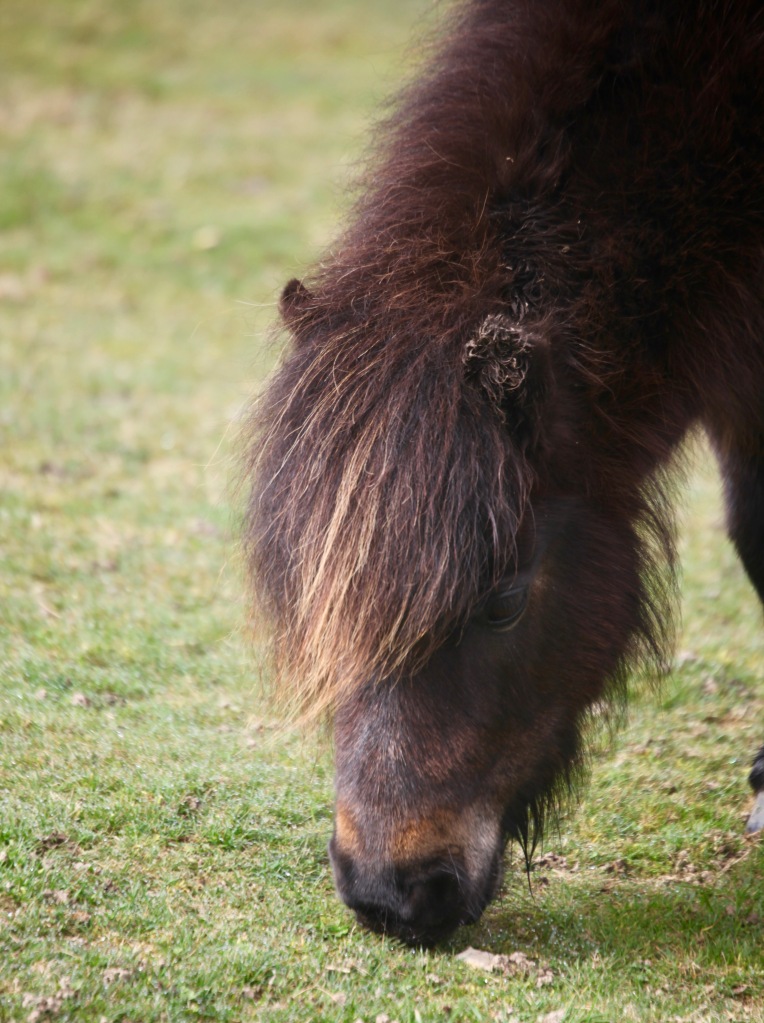
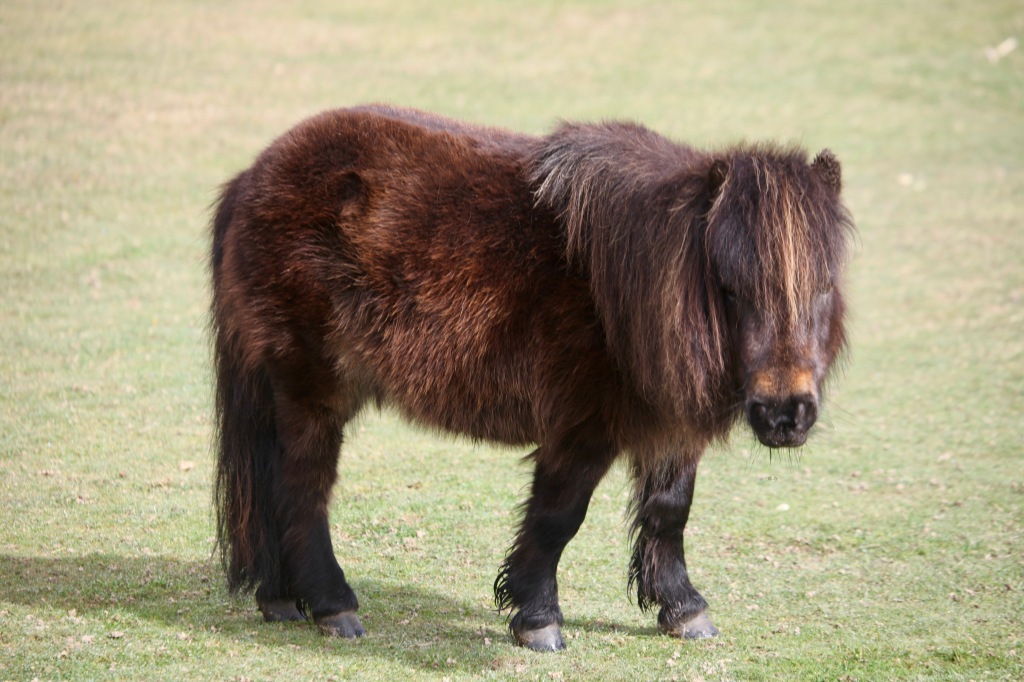

and a representative of a miniature breed kept their own individual company.
I was some distance from the first couple when they lurched awkwardly to the ground to lie in the sun and scratch their backs.
It was then that I noticed Jackie had left the car and was setting off gingerly down the slope.
She kept her eyes on the crows,
but steadfastly ignored a pony’s request to have its tummy tickled.
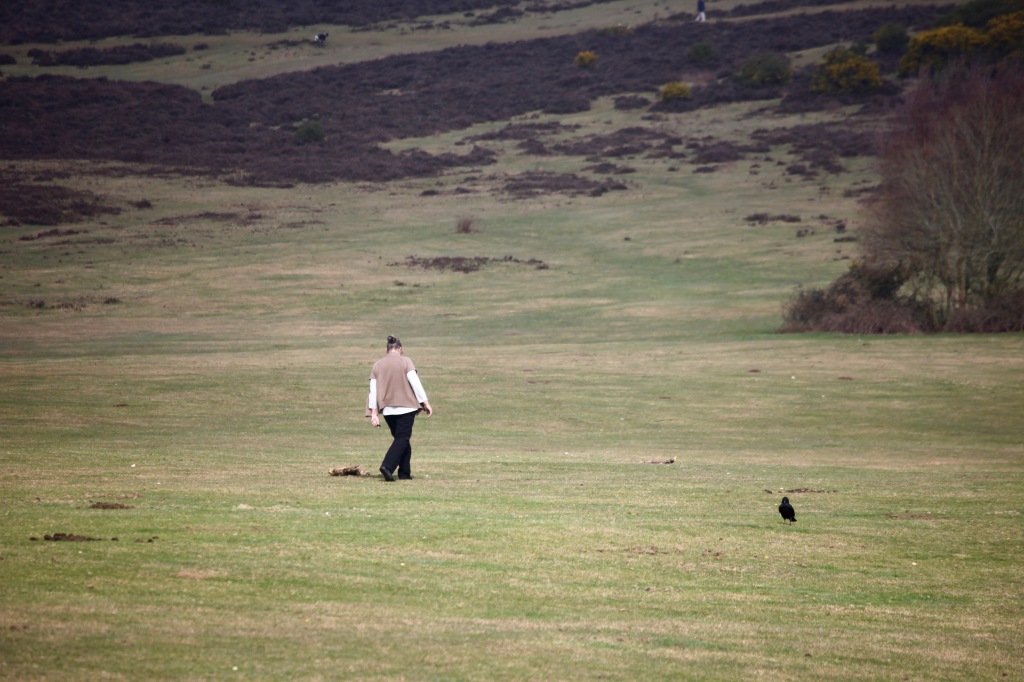
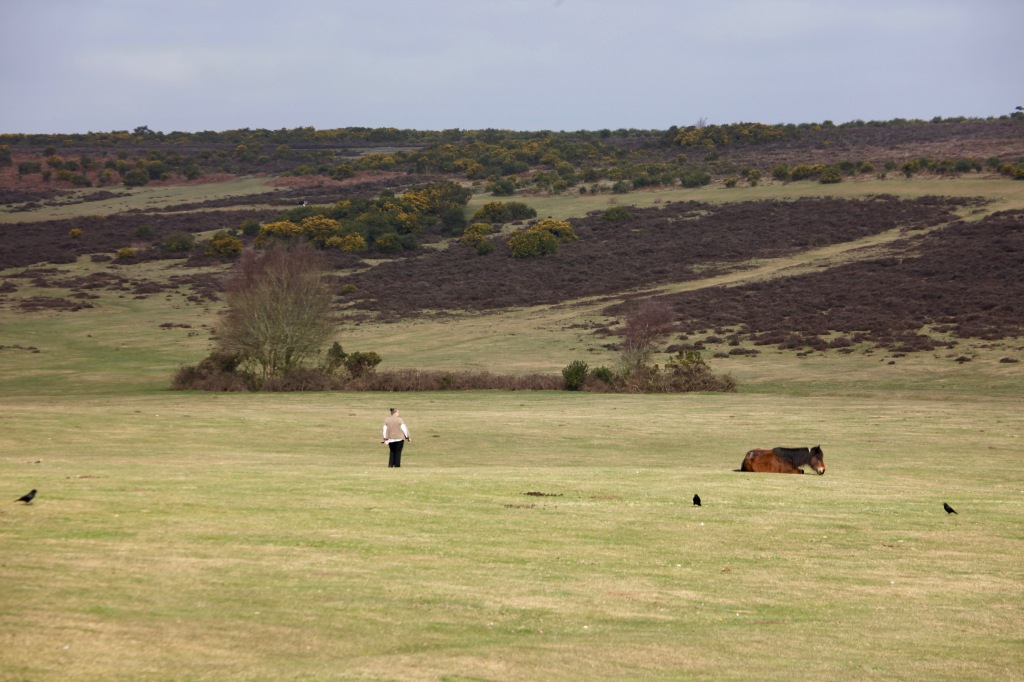
I wondered where she was off to.
She had decided to investigate what she thought was a stream at the bottom of the slope. It turned out contain fresh grass and a small pool. She thought the must be a winterbourne, which only fills after wet weather. Some areas are drying out now.


Bright sunshine set the gorse a-glowing.
Towards midday a number of ponies sat down and dozed.
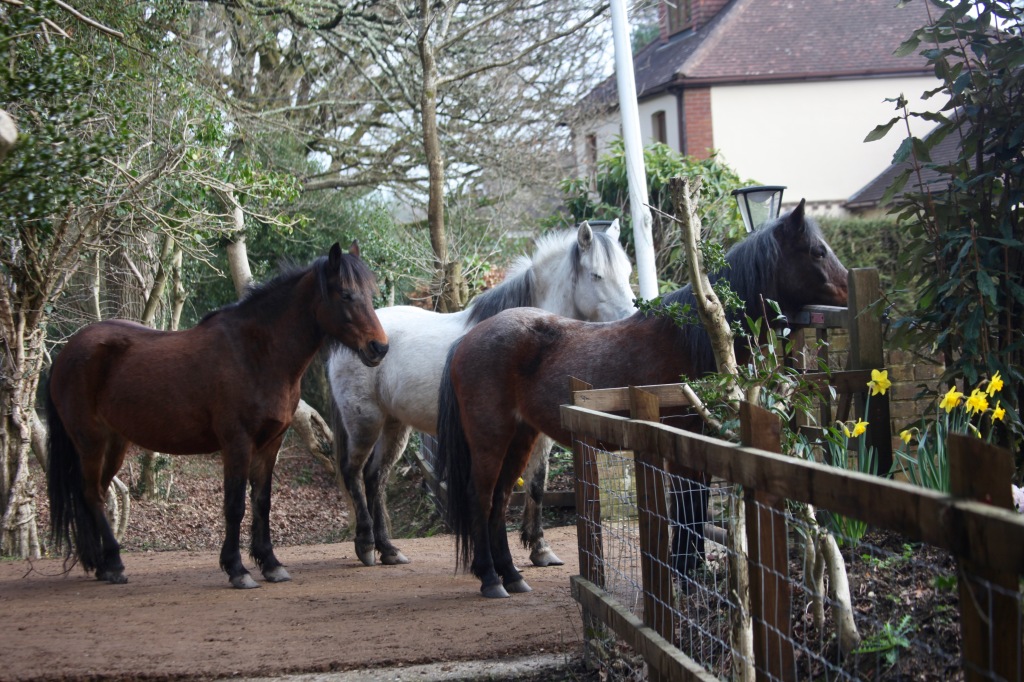
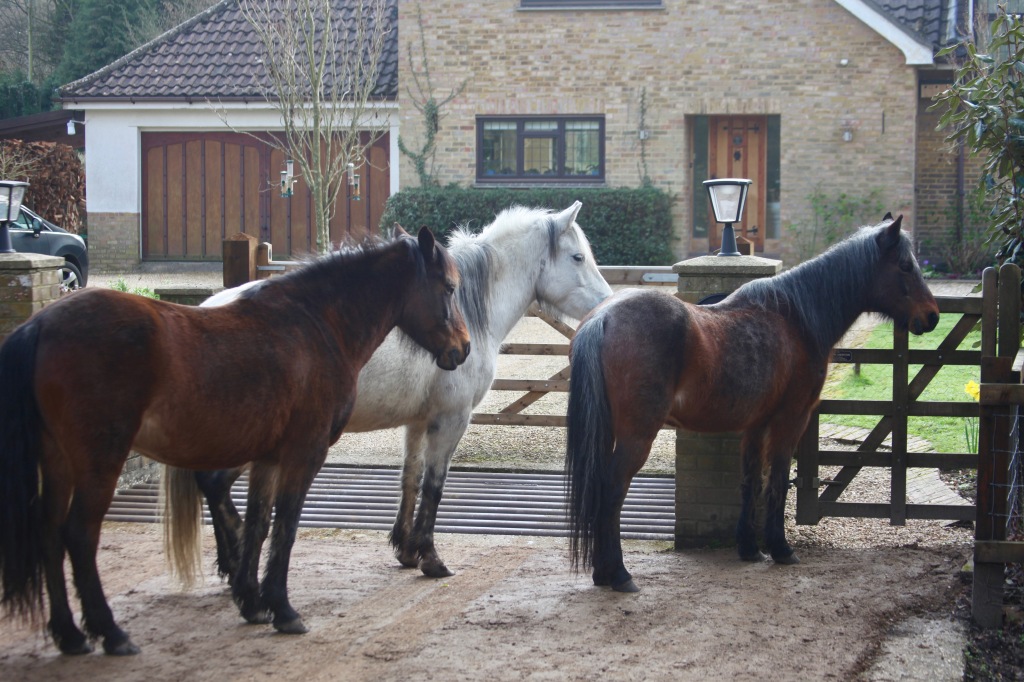
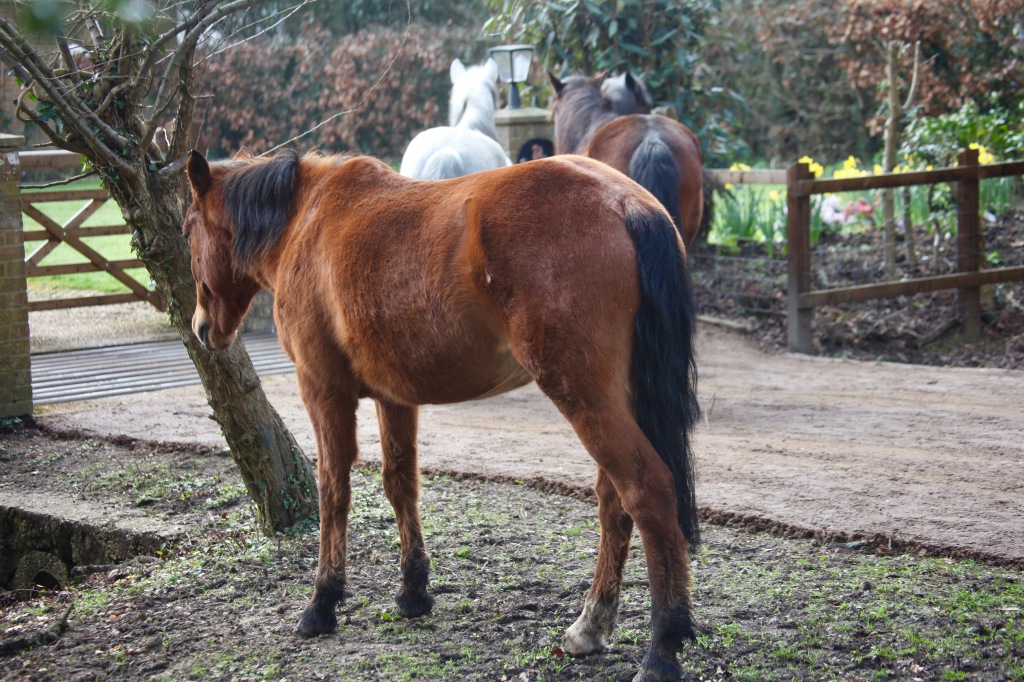
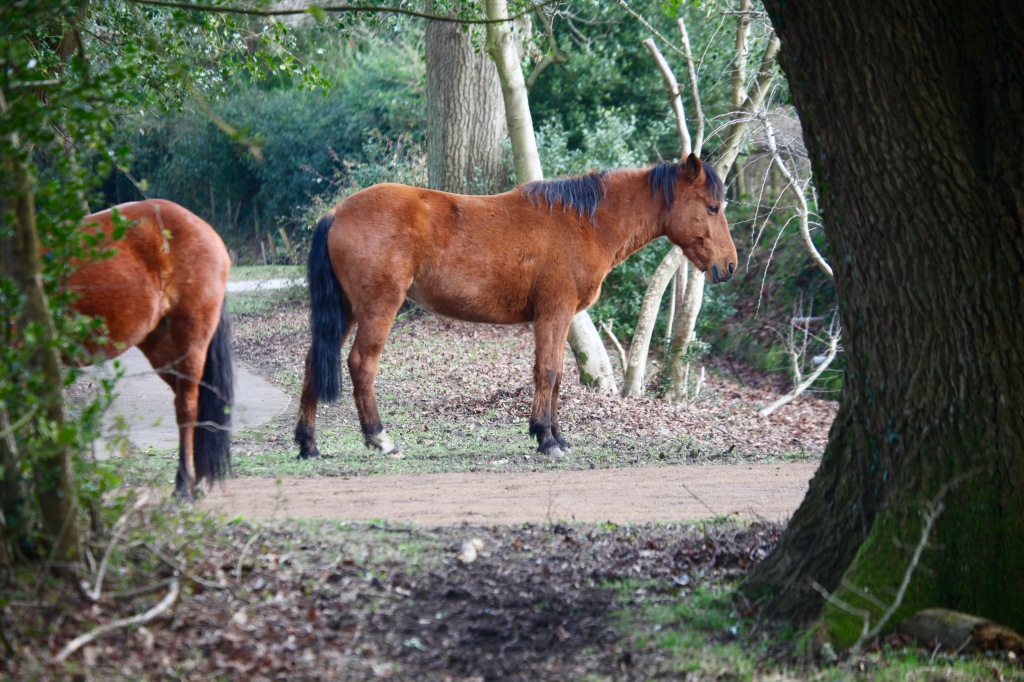
On the outskirts of Burley, a pair of chestnuts bringing up the tail, a string of others queued patiently outside a house from which, they no doubt knew, a householder would soon emerge with lunch.
At Holmsley we diverted to:
An engraved map shows the location of the commemorated institutions.
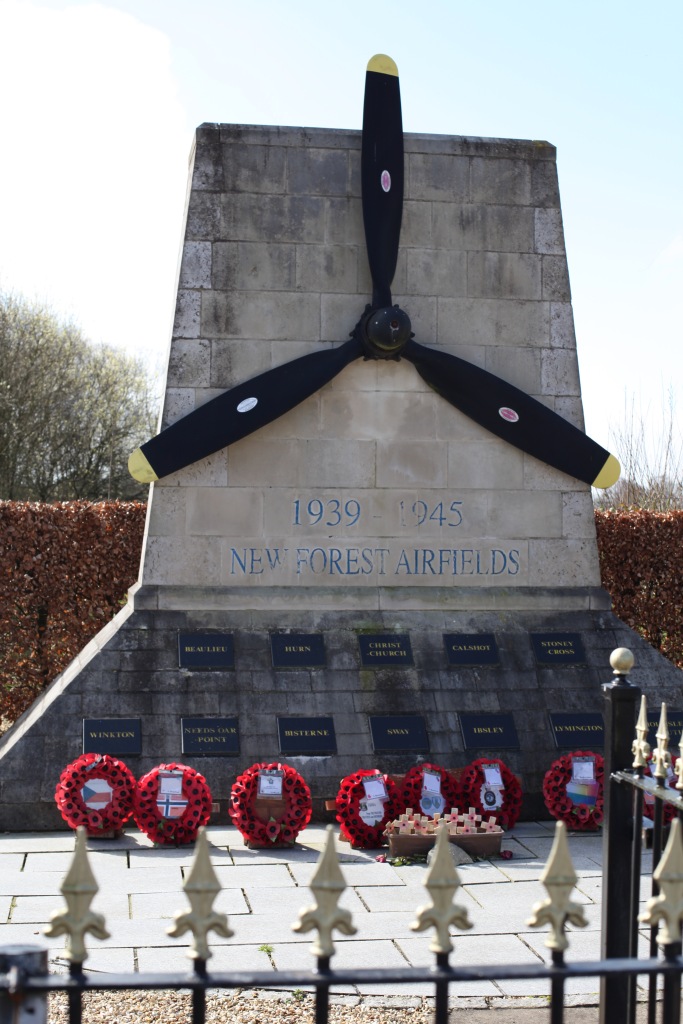

The sensitively designed memorial contains a number of dedicated benches where visitors can reflect in peace,
and affixed to the railings are individual and group plaques of remembrance. That of Captain Darrell R. Lindsey stands alongside one for other members of the USAAF.
For anyone who does not quite understand today’s title, ‘the pond’ is an affectionate name for the Atlantic Ocean which lies between USA and UK.
It was perhaps appropriate that Jackie noticed a bird of prey circling overhead.
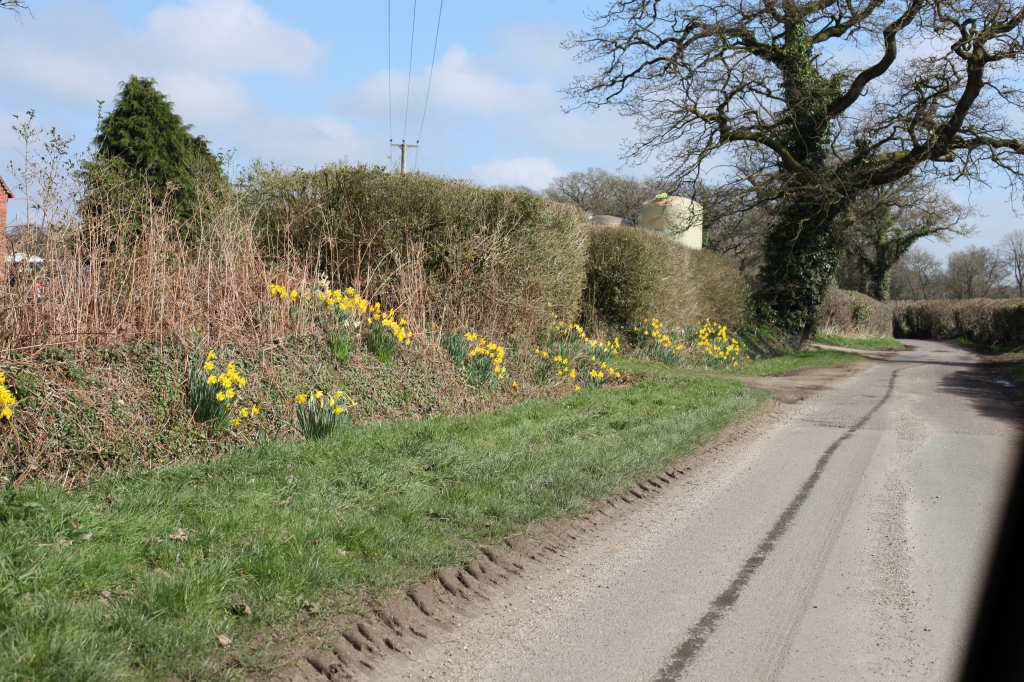
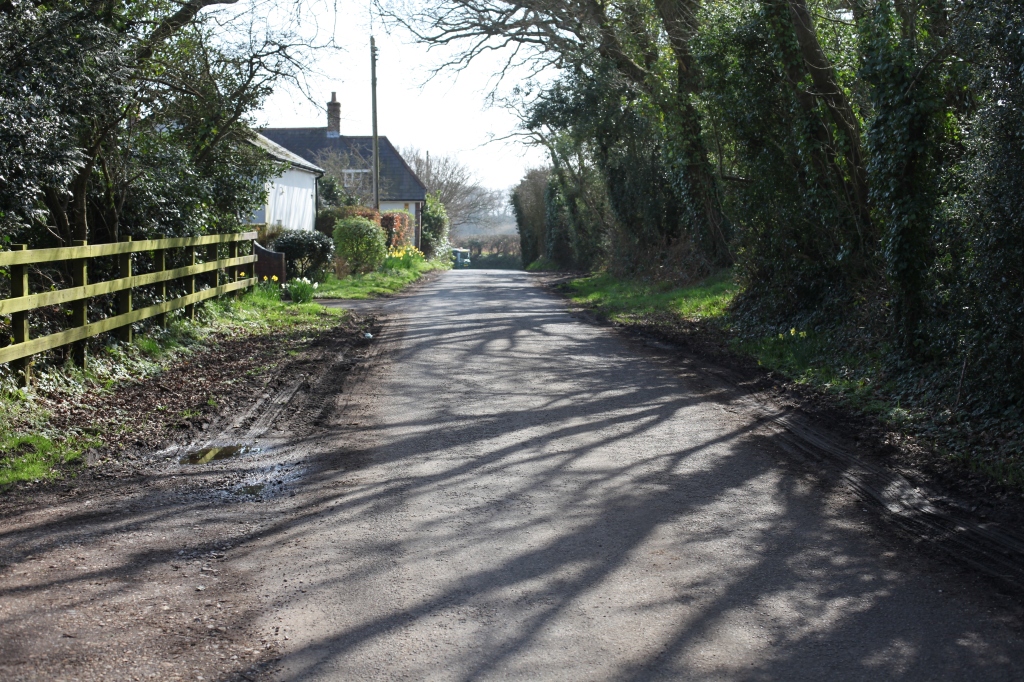
The gorse pictured above is one reminder that Susan Hill’s “yellow season” has arrived. Daffodils decorating the verges such as those along Beckley Common Road is another.
This evening we dined on roast lamb, Yorkshire pudding, tasty gravy, new potatoes, carrots, broccoli, and green beans, followed by apricot lattice flan. I finished the shiraz while Jackie drank sparkling water. Milford on sea still has a greengrocers. The quality of today’s vegetables shows the freshness of the shop’s produce.
